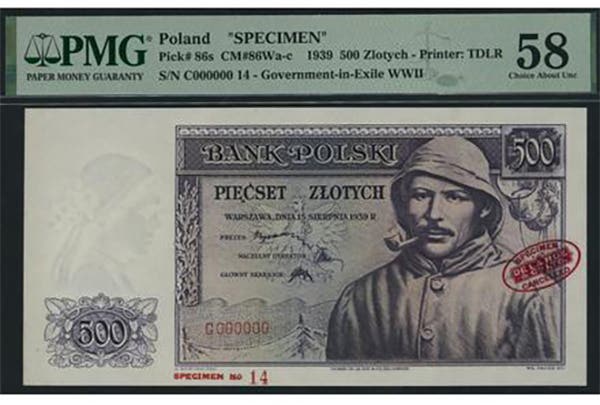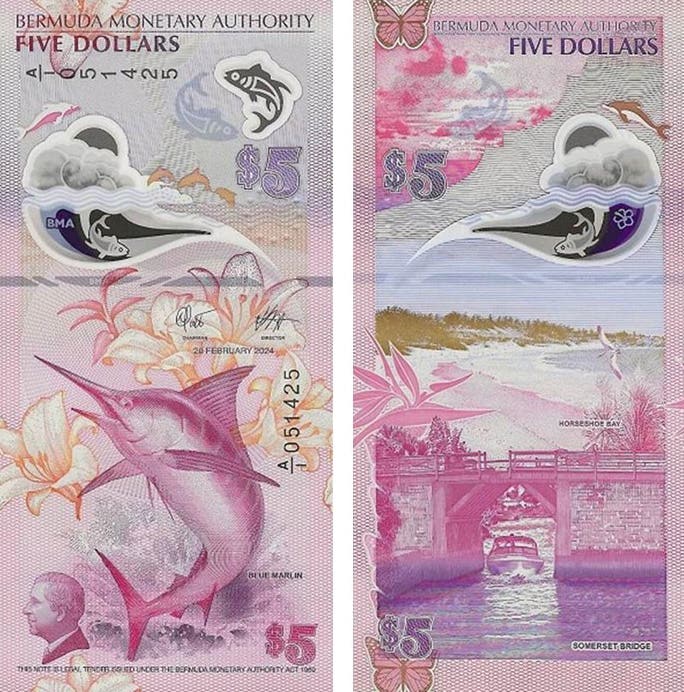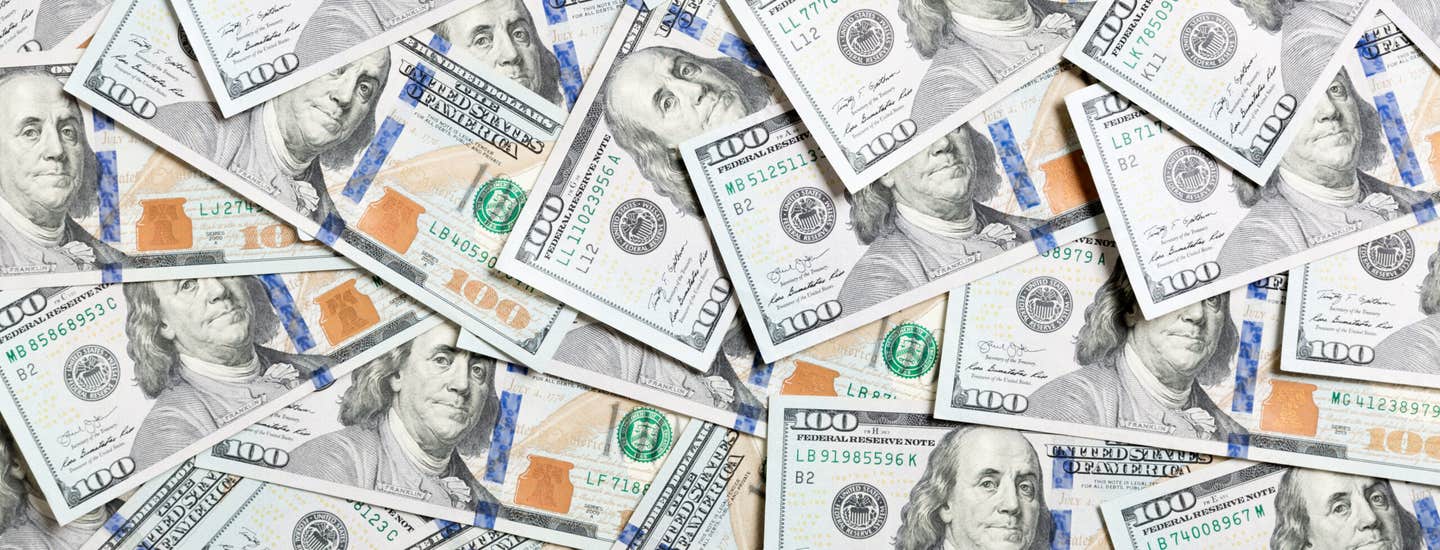Spink slates BoE 1797 £1 #2
All those interested in British paper need to put a large red circle around Thursday, May 9. On that day Spink UK will offer two collections that epitomize the very…
All those interested in British paper need to put a large red circle around Thursday, May 9. On that day Spink UK will offer two collections that epitomize the very best of English banknote collecting: those of Lou Manzi and A.J. Simms.
In the opinion of Spink’s cataloger, Manzi’s “is simply the best English collection, note-for-note, extant today.” There may be larger collections out there, but the quality of this one is unmatched. The catalog itself provides an essential reference for future collectors and numismatic historians.
That of Simms is an object lesson in collector passion. It was assembled many years ago in a day and age when good quality notes were easier to source. Many examples are now impossible to find - beyond the compass of the present sale.
One note says it all as regards to the significance of Manzi’s holdings: Bank of England £1 dated 2 March 1797.
Signed by Abraham Newland, it carries serial number 2 (P-170).
While pound note number 1 is believed to be still at large, both numbers 3 & 4 are in private collections. As such the impending sale of number 2 is likely a once-in-a-lifetime opportunity to acquire a banknote of immense rarity and historical significance.
For many collectors the grade of such a piece is irrelevant, but it comes nonetheless in a remarkable PMG-20 Very Fine. In the circumstances, the estimate of £50,000-60,000 may prove somewhat conservative [1GBP = 1.3USD]. Number 4 realized $42,256 in Spink’s October 2012 sale.
Many of Manzi’s items have a story behind them. Typical is a BoE £100 signed by Thomas Rippon, dated 23 July 1832, and drawn on the Manchester branch (P-216).
It was found some years ago in the back of an old piece of furniture.
The combination of denomination, date, office of issue, and cashier signature makes this note exceedingly rare. It is likely the only extant example. In PMG-20 Very Fine NET the estimate is £30,000-40,000. An example of the corresponding £50 was sold by Spink in 2008 for $67,000 in gVF.
For WWI and low serial collectors there is 1914 GB Treasury Bradbury 10 shillings with serial A/1 000001 (P-346).
This is Britain’s first ever 10 shillings note. In PMG-53 About Uncirculated the estimate is £15,000-20,000.
And for those who enjoy collecting historical items that are somewhat out of left field, Manzi’s collection contains a pair of the BoE’s first colored notes from 1928 signed by C.P. Mahon: 10/- (P-362) and £1 (P-363). They carry matched low serials A01 000087.
A personal hand-written letter from Winston Churchill accompanies the pair. Composed during his tenure as Chancellor of the Exchequer, it thanks A.M. Samuel M.P. for his help with the Budget and the ‘Currency Note Bill’ for which Samuel was responsible. This bill saw the amalgamation of the WWI Treasury Currency notes with Bank of England issues.
It appears Samuel had requested both number 1 notes of the new issues he had overseen. The Secretary of the BoE responded that these had already been set aside for King George V. Number 87 of each issue was the lowest available for gifting to Samuel.
The 10 shillings grades PMG-66 EPQ Gem Unc and the pound PMG-67 EPQ* Superb Gem Unc. The estimate is set at £8,000-12,000.
For those who enjoy the history of banknote design there is an extremely rare BoE printers’ archival design for the proposed colored £1 issue c. 1924. Signed by E.M. Harvey.
This design was never used for the issued note in 1928. It was beaten out by the Mahon design described above. It does, however, demonstrate how the Bank’s thinking for a new pound issue to replace the Treasury notes was well advanced just six years after the end of WWI.
This trial is unlisted in any reference work on British banknotes. Deservedly it carries an estimate of £10,000-14,000
Just one example from the Simms catalog will have to suffice here: a BoE £10 of 9 February 1885 (P-287). What gives this note rarity - and notoriety - is the signature of Frank May. May remains the sole BoE Chief Cashier to have resigned due to scandal. He managed to lose the Bank some £250,000 through speculation and unauthorized transactions. That’s equivalent to £6 million today.
All May-signed notes are scarce to very rare; that on offer comes in at least gVF with a modest estimate of £8,000-12,000.
The above details should be checked in the sale catalog available on-line at www.spink.com. Those wishing to participate in this sale via the Spink Live bidding facility should ensure they are registered on the company’s website well in advance.
This article was originally printed in Bank Note Reporter. >> Subscribe today.
If you like what you've read here, we invite you to visit our online bookstore to learn more about Standard Catalog of World Paper Money, Modern Issues, 1961-Present, 25th Edition.








